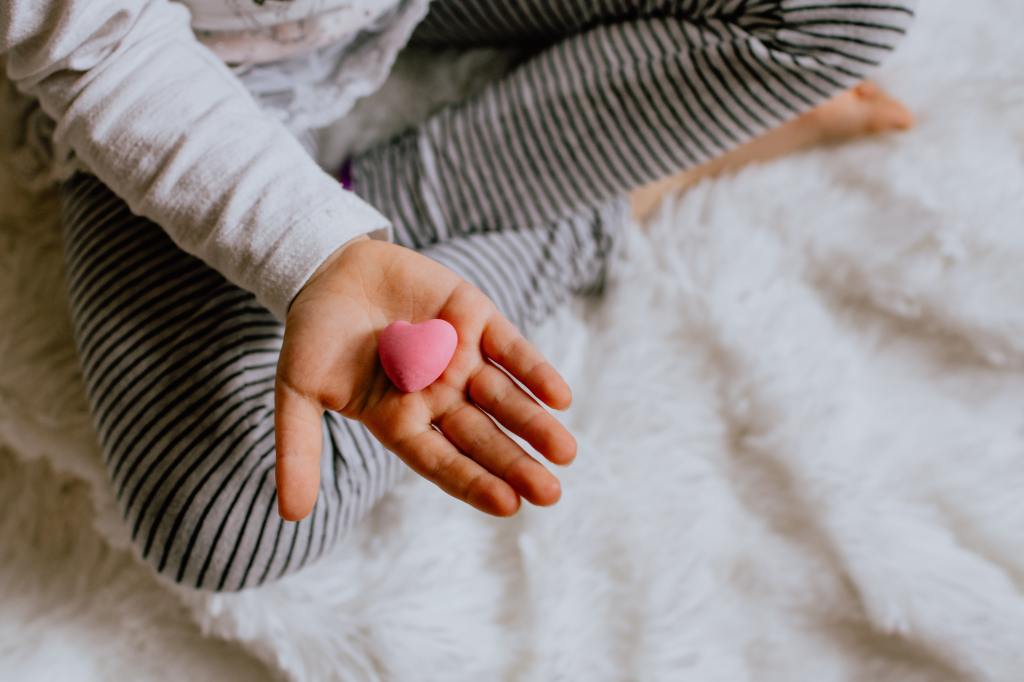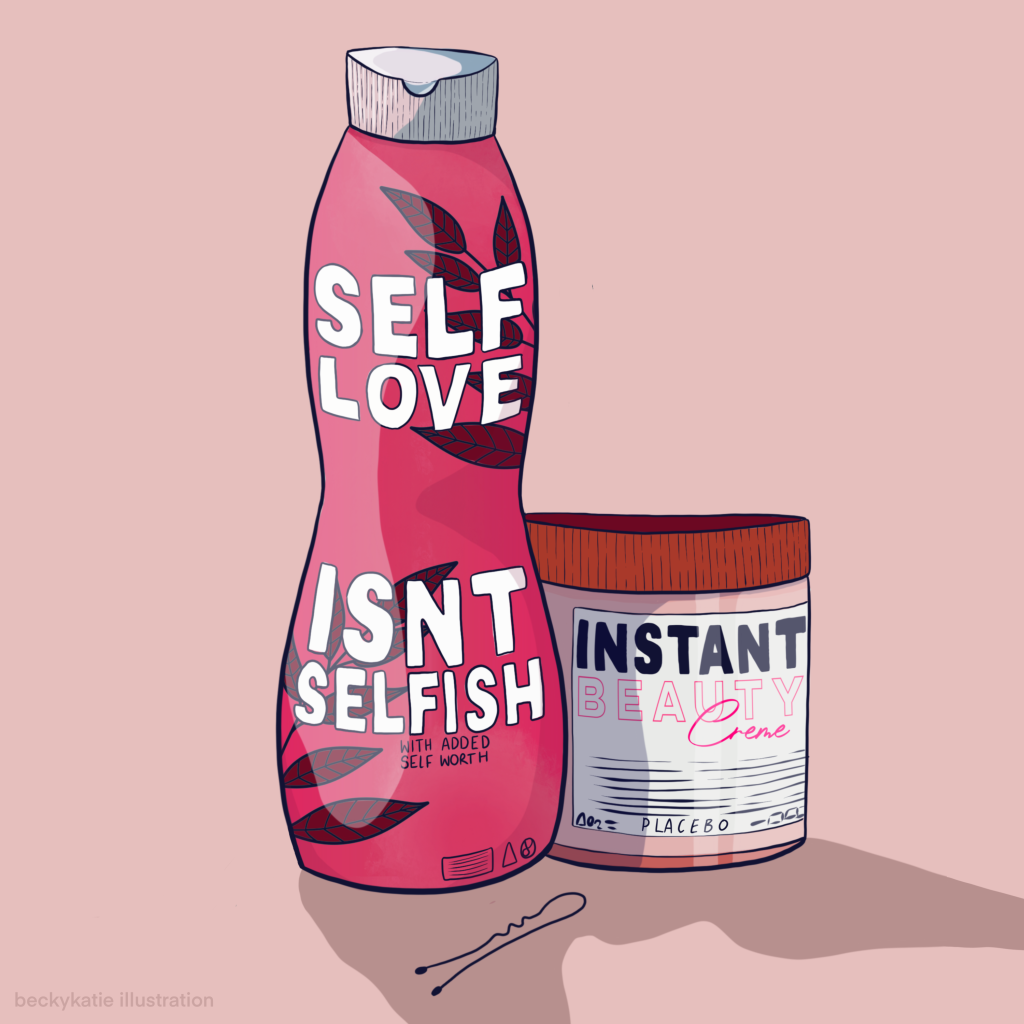
This blog gives some useful advice to teachers, particularly those in the early stages of their career, to prepare them for the new school year. It gives practical advice on the types of things teachers can do to get organised for the first few weeks back with links to useful resources to download.
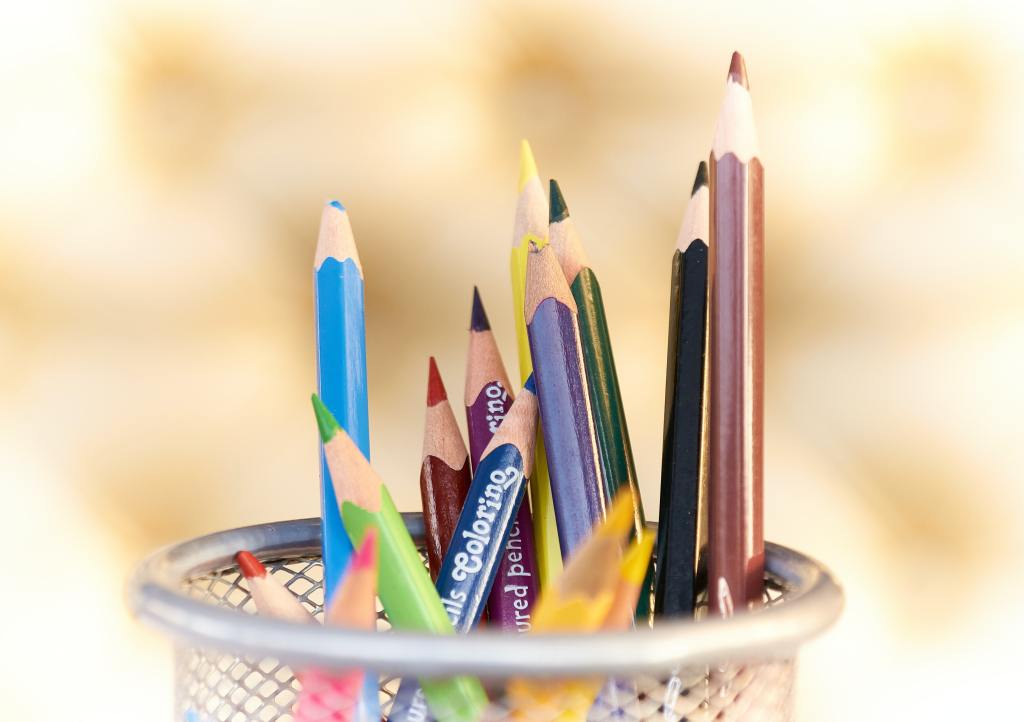
Preparing for the New School Year
As the summer break draws to a close, many teachers are now beginning to cast their minds ahead to the new school year looming in a few weeks’ time. Not before long, the panic sets in and many teachers begin to wonder if they have forgotten how to teach altogether, whether their classroom will be set up in time, or if they will have forgotten to print and laminate those all important labels.
The first term and few days back are always a little frantic no matter how organised you are, so it is important to make the most of the remaining time you have, while you can. Relax and recharge your batteries for the academic year ahead; it is certainly well deserved after one of the toughest years in education for a generation.
So, what should a teacher be doing during their summer break before returning to school? There is no right or wrong way to spend your summer break and everyone will have individual circumstances but here are some hints and tips to help you feel prepared for the year ahead.
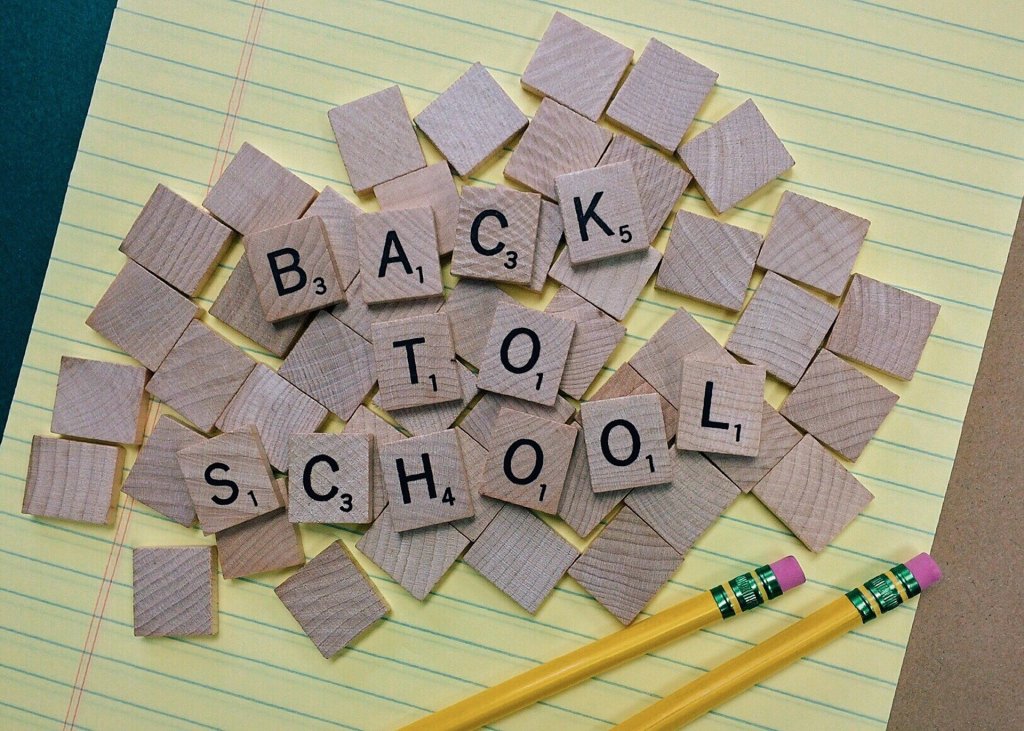
Take Time for Yourself
It has been an incredibly challenging year for all involved in education so this is an important time to focus on YOU and your wellbeing. Look at the summer break and the remaining weeks you have as a time to recharge, ready to go again. You do not want to return to school feeling like you have never been away so make sure you make time to read a book, see friends, spend time with family, go for a walk or whatever it is that you find relaxing and helps clear your head. You will be grateful for the nice memories when you are busy and focussed on work.
Some people will stop here and make sure their summer is a work-free zone and why not? Teachers have earned it! Others prefer to do little bits of work to help them feel organised for the year ahead, ensuring they are prepared. If this is you, then the following hints and tips might be useful.
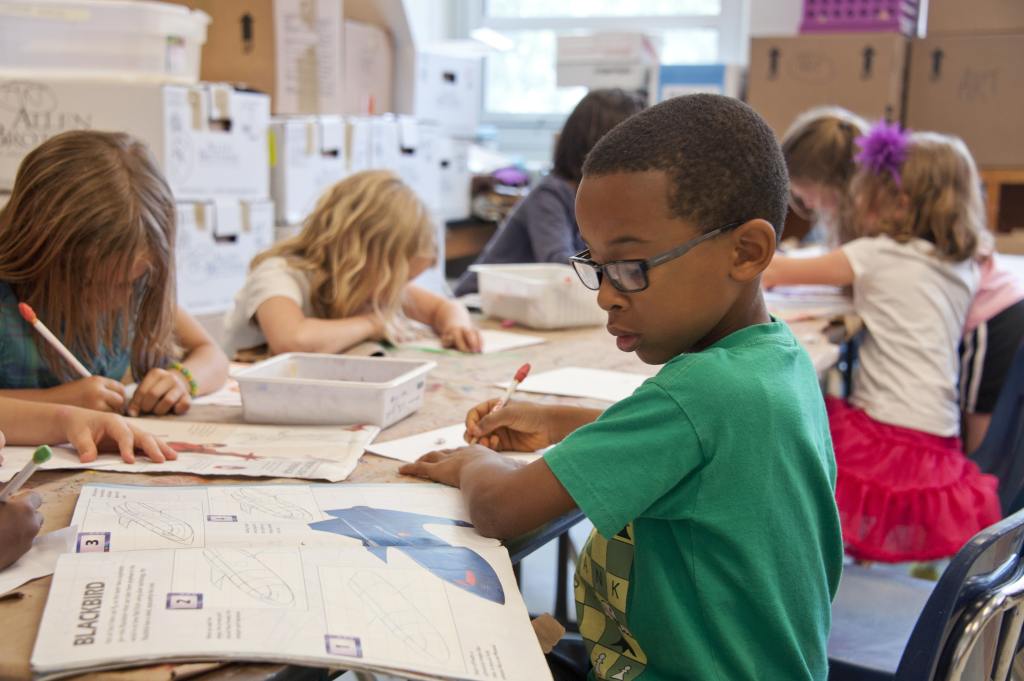
Classroom Setup and Display
It is always worth making a list of what you already have and can reuse from the previous year if you can. If you are just starting out on your teaching journey, it can be worth checking with your mentor or school headteacher if there are resources or displays in the school that are required and if any teachers in the school have things they could share. This can be such a great time saver and more environmentally friendly.
You then need to think about the wall space and furniture you have in your classroom and decide which walls will be used for different curricular areas. You might find some curricular area banners useful for this. It is worth remembering that working walls are preferred in most schools. These are used to support learners in their learning and created alongside them so at the beginning of the year less can be more, allowing your walls to grow with the learning of the learners in your class.
If you have your class list already, then getting your classroom labels printed, cut out and laminated can be useful before the session. What each teacher needs will depend on their classroom setup and the furniture available but here are a few popular resources:
These beautifully designed tray labels can be edited to add in learner names or resource names for labelling trays in your classroom.
These editable peg labels are useful for your cloakroom area, to give all learners their own space for coats and jackets.
These desk mats are available from Primary 1 to Primary 7 and are an excellent tool to support learners in their learning.
This timeline display pack is an excellent visual tool to share the learning for the day with your class. Other versions of the class timelines and display packs are available too. Check out all of our Back to School resources here, in one handy place.
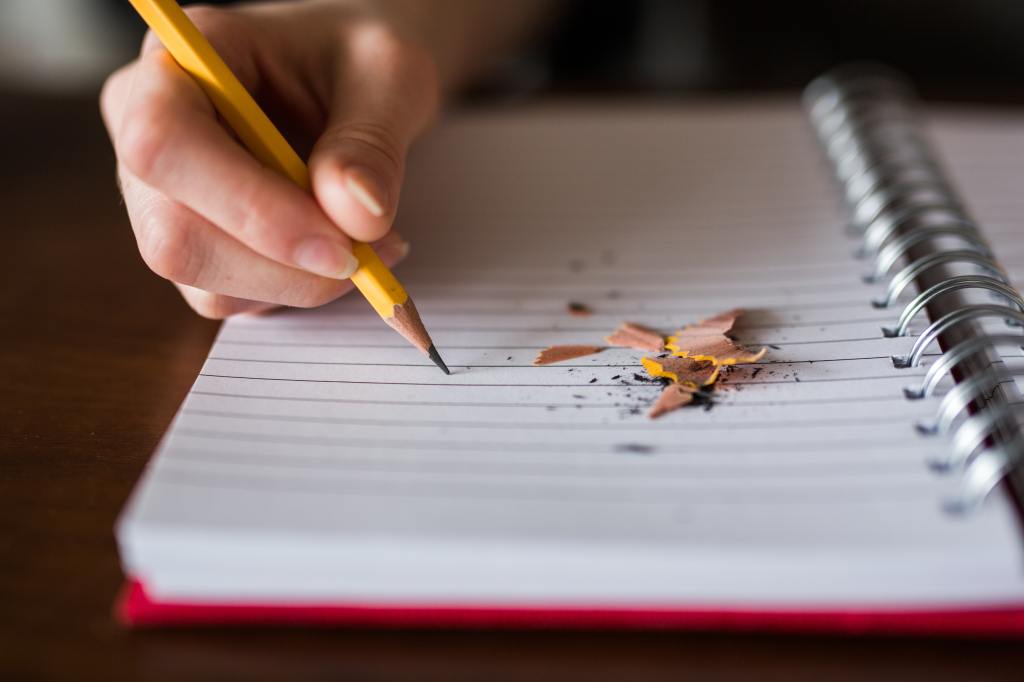
Classroom Management
Taking the time to consider the classroom management strategies you might want to put in place can also be a good use of time if you are thinking about the year ahead. This might include the behaviour management strategies, how learners register in the morning, groupings and where and how you will store resources in the classroom.
A well-organised classroom can help with overall classroom management and after years of teaching there are things that you will pick up naturally: they will become second nature. However, for those starting out their teaching career, it can be worth giving consideration to these things before you begin. Your management and organisational style can change throughout the year and will evolve depending on the needs of the learners in your class, but the following resources might help to get you started:
These tailored resource packs are suitable for each Curriculum for Excellence classroom and contain lots of great classroom display ideas.
Lesson Planning
This first few weeks back should be used to ensure smooth transitions for your learners, particularly at the key transition stages. It has been a long break away and learners will need time to get back into the school rules and routines. Spend time getting to know the learners in your class, who they are, what motivates them, what their interests are and where they are in their learning. Building this positive relationship in the beginning can help build a positive ethos and mutual trust in your classroom. We have plenty of Back to School activities for all stages here.
It is also worthwhile spending time on establishing classroom rules and routines and reinforcing and referring to these frequently. Building a class charter can be an effective way of establishing rules with the learners in the class. Learners become actively involved in setting up the rules of the classroom, making them aware of the rights they have alongside their responsibilities. Find out more about creating a class charter in relation to Rights Respecting Schools and the United Nations Convention on the Rights of the Child (UNCRC) here.
The health and wellbeing of our learners will be vitally important as schools return, ensuring learners are equipped mentally for the return to school. Spending time developing their emotional literacy, building resilience, confidence and self-esteem and establishing positive relationships is key in the first few weeks back so it might be worth considering some lessons in this area.
Top five lesson planning resources:
This is one of many collaborative colouring resources. It can be a great activity for the first few days back, allowing learners to express themselves, and creates a very effective whole class display.
This resource is great for finding out more about the learners in your class. It can be used with Second Level and some First Level classes.
These Back to School Blether Stations have been created to help you welcome in the new school year and get to know your learners better.
Use the handy Class Charter PowerPoint to teach your class about the purpose of a classroom charter: a set of rules, promises or guidelines that learners and school staff all agree on for the classroom.
Build self-esteem in your learners with this lovely package of positive affirmations for writing a positive affirmations diary or journal.
However you choose to spend your summer break, make sure it is one that works for you and your own mental wellbeing. For education to thrive, we need teachers to thrive and teachers thrive when they look after themselves. You’ve got this!






